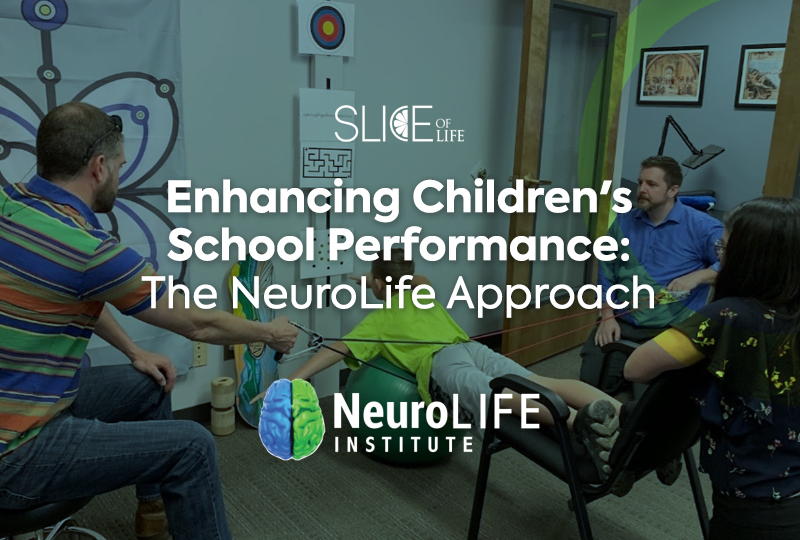At the NeuroLife Institute (NLI), we have seen an increasing number of children diagnosed with childhood developmental disorders, such as ADHD and autism spectrum disorders. These conditions, known as spectrum disorders, vary widely in functionality, with some children being highly functional and others needing significant support. However, no matter where a child falls on this spectrum, there are always areas of the brain that can be improved.
Understanding Spectrum Disorders
Children with spectrum disorders often exhibit a combination of sensory-related issues, motor control challenges, and difficulties with eye movement and control. At NLI, we address these concerns through comprehensive care that includes the eyes and spine, along with sensory and movement exercises. For instance, a child diagnosed with ADHD might struggle with reading, leading to behaviors such as fidgeting or talking to friends as a way to seek stimulation.
The Role of Eye Movement in ADHD
Improving eye movement can significantly impact a child’s ability to focus and read. Many children with ADHD struggle to stay on a page while reading, which contributes to their lack of focus. By enhancing their reading skills through targeted exercises, we can help these children improve their school performance and reduce disruptive behaviors.
Comprehensive Approaches for Better School Performance
Postural and Movement Exercises
One effective method to improve school performance involves postural and movement exercises that enhance an upright position. For instance, placing children on their belly, similar to tummy time, encourages them to look into the distance, reach, grab and roll. This helps develop proper eye movement and strengthens postural muscles. Coordination training of the eyes to respond to these postural positions is also crucial.
Engaging with Parents
To keep children on track, it is essential to engage with parents and understand their home and daily life habits. Hyperactive children often crave sensory information, and it is important to provide this stimulation in healthy ways. Encouraging activities like playing sports, engaging in hobbies or participating in group activities can nourish a child’s developing brain better than screen time.
Limiting Screen Time
While screens are an easy solution for busy parents, excessive screen time can be harmful to developing minds. The American Pediatric Association recommends minimal screen time for young children. For older children, a reasonable balance between screen time and real-world interaction is vital. Wearing blue light-blocking glasses can help mitigate some of the negative effects of screen exposure.
Teacher Strategies
Teachers can also play a significant role in enhancing children’s school performance. Allowing for standing and stretch breaks during classes can help increase blood flow to the brain, keeping children engaged and productive. These periodic “rest stops” can prevent the brain from powering down and reduce disruptive behaviors caused by a lack of sensory information.
Conclusion
Every child is unique, and finding the right balance of activities and interventions is crucial for their development. At NeuroLife, we believe in a comprehensive approach that includes sensory and movement exercises, postural training and limited screen time. By working closely with parents and teachers, we can create an environment that supports children’s growth and helps them reach their full potential in school.


Social Media